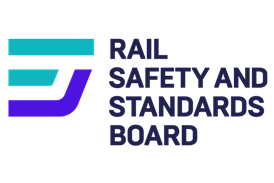FINANCIAL results announced on June 5 show that Railtrack is keeping its promise to boost investment following privatisation in May 1996. For the year to March 31 1997, spending on maintenance and renewal of Britain’s rail infrastructure exceeded £1·6bn, which is regarded as the ’steady-state’ figure.
Operating profit rose by 15% to £339m, mainly because passenger franchise revenue rose 6% to £2119m despite a requirement to hold track access charges 2% below inflation. £55m was paid by operators in higher performance bonuses, because delays to passenger trains attributable to Railtrack were cut by 38% to 7 million minutes. Freight revenue was virtually unchanged at £159m, and property rents rose 7·1% to £120m.
Despite a 29% rise in investment to £961m, Rail Regulator John Swift QC said Railtrack ’still has a long way to go’. His concern arises from the underspend on infrastructure in Railtrack’s first two years (table). Even in 1996-97, Asset Maintenance Plan expenditure was £10m short of the £515m charge to operating costs. Railtrack’s second Network Management Statement (RG 4.96 p217) forecasts higher levels of investment for the next four years, exceeding the Regulator’s target by £1bn. o
TABLE: Railtrack infrastructure spending
1994-95 1995-96 1996-97
Day-to-day maintenance ú696m ú725m ú732m
Investment:
Asset Maintenance Plan ú333m ú386m ú505m
Capital Expenditure ú400m ú349m ú428m
Building repairs backlog ú1m ú9m ú28m
Totals ú1430m ú1469m ú1693m




















